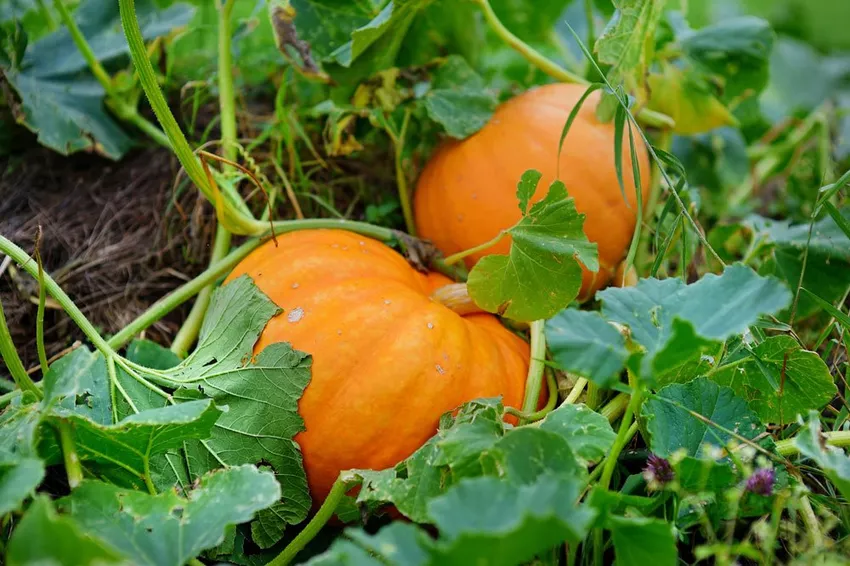Growing pumpkins isn't all that difficult. On the other hand, it seems much more difficult for most people to recognize when a pumpkin is ripe. There are clear signs of this.
 Pumpkin plants are very popular in many gardens. This is not surprising, because they are beautiful to look at and the most delicious dishes can be conjured up from them. For example the very popular pumpkin soup or the delicious pumpkin bread. But the vegetables also taste very good fried and pickled. And pumpkins can even end up on the grill. There are no limits to your imagination when it comes to preparation.
Pumpkin plants are very popular in many gardens. This is not surprising, because they are beautiful to look at and the most delicious dishes can be conjured up from them. For example the very popular pumpkin soup or the delicious pumpkin bread. But the vegetables also taste very good fried and pickled. And pumpkins can even end up on the grill. There are no limits to your imagination when it comes to preparation.
Besides, it's not that difficult to grow pumpkins yourself. You don't even need an extra bed for this. After all, pumpkins even thrive on compost. Give it a try, even if you don't like eating pumpkins. After all, your children will surely want to carve a pumpkin for Halloween. Then you don't have to buy one extra for it.
All those who grow pumpkins for consumption are always happy to be able to watch the pumpkins grow. But when is it actually enough of the good? At some point the pumpkin has to be ripe. And that is exactly the problem that hobby gardeners face again and again. You just don't know when the pumpkin is ripe. It's so easy to spot. There are a few unique features that point to this.
There are summer and winter pumpkins
Squashes are generally divided into summer and winter squashes. The summer squashes are harvested very early so that they do not become too fibrous. These are also the types of plants that you can mostly see in the gardens. The winter pumpkins, on the other hand, are harvested a little later. Accordingly, the harvest time extends from the end of August until well into autumn.
Your pumpkins are ripe by this
» Feature 1 - the shell:
A pumpkin is always ripe when it has a rich color and no green spots can be seen. Of course, this does not apply to pumpkin varieties with a green skin. In addition, the shell must be hard and must not yield under pressure. If it shows dry and light spots, you do not have to pay attention to them. These are just "blemishes". dark andsoft spots, on the other hand, tend to rot.
» Feature 2 - the stem:
The stem base of a ripe pumpkin is always hard and woody to dry. It should also feel firm. If the stem is already very lignified, you can harvest the pumpkins without hesitation.
Important: The stalk must not be missing, otherwise the pumpkin will dry out. He can also become rotten.
» Characteristic No. 3 - the leaves:
If the leaves on the squash plants die off, this is also a sign that the vegetables are ripe. They die off because they can no longer feed the fruit.
» Feature 4 - Do a knock test:
You can also tell whether your pumpkins are ripe by the so-called tapping test. Just knock on a pumpkin. Does it sound hollow or does the knock sound dull? Then the pumpkin is ripe.
Important: Do not harvest too late!
With the onset of frost, the pumpkin harvest season is over. You shouldn't harvest the pumpkins after that, because they will suffer badly from the frost.
Once all the pumpkins have been harvested, it is best to let them ripen for another two to three weeks at around 20 degrees. This is the only way for the pumpkins to reach their full ripeness and taste the best. If you don't want to use the pumpkins right away, you don't have to, because pumpkins store well.